During its data-gathering mission, the GUSTO mission balloon became the longest-flying heavy-lift scientific balloon in NASA's history.
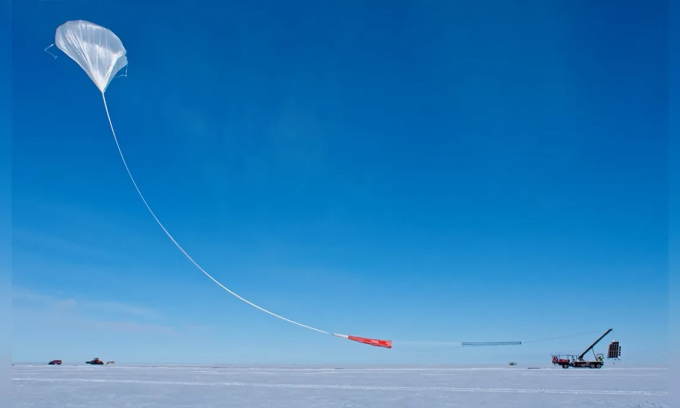
The GUSTO balloon is huge, with a volume of more than 1.1 million cubic meters. Photo: NASA/Scott Battaion
The GUSTO mission balloon launched on December 31, 2023, near the US National Science Foundation's McMurdo Station in Antarctica to collect scientific data to better understand the universe. As of February 24, the giant balloon had flown for 55 days, 1 hour, and 34 minutes over Antarctica, setting a record for the longest-ever flight of a heavy-lift scientific balloon by NASA.
The flight isn’t over yet, however. The GUSTO mission is expected to last more than 60 days, but after that the balloon can continue flying and break the record further. “We plan to push the limits of the balloon and fly as long as we can to demonstrate the capabilities of the long-duration balloon,” said Andrew Hamilton, acting director of NASA’s Balloon Program Office at Wallops Flight Facility.
"The balloon and its systems are performing very well, and we have not seen any drop in performance. The stratospheric winds are very favorable, providing stable conditions for long-range flights," Hamilton added.
The balloon is huge, with a volume of more than 1.1 million cubic meters. It is responsible for carrying the GUSTO telescope to an altitude of 36 kilometers, into the stratosphere above Antarctica, at the edge of space. There, the lack of water vapor allows the instrument to pick up extremely weak terahertz signals, providing information about the interstellar medium, the gas, dust and radiation that exist in the space between star systems in the galaxy.
The chemistry of the universe changed dramatically after the Big Bang, which occurred about 13.8 billion years ago. To understand how the universe and the Milky Way (the galaxy that contains our solar system) formed, astronomers must study the interstellar medium in galaxies of different ages.
GUSTO attempts to do this by looking at the carbon, oxygen and nitrogen compositions in the Milky Way and in a neighboring galaxy called the Large Magellanic Cloud. By comparing them, experts can learn about different stages in the life cycle of stars, including birth and evolution.
Thu Thao (According to IFL Science )
Source link


![[Photo] Hundred-year-old pine trees – an attractive destination for tourists in Gia Lai](https://vstatic.vietnam.vn/vietnam/resource/IMAGE/2025/4/17/25a0b7b629294f3f89350e263863d6a3)

![[Photo] North-South Expressway construction component project, Bung - Van Ninh section before opening day](https://vstatic.vietnam.vn/vietnam/resource/IMAGE/2025/4/17/ad7c27119f3445cd8dce5907647419d1)
![[Photo] General Secretary To Lam attends conference to meet voters in Hanoi city](https://vstatic.vietnam.vn/vietnam/resource/IMAGE/2025/4/17/889ce3da77e04ccdb753878da71ded24)
![[Photo] President Luong Cuong receives Lao Prime Minister Sonexay Siphandone](https://vstatic.vietnam.vn/vietnam/resource/IMAGE/2025/4/17/337e313bae4b4961890fdf834d3fcdd5)
![[Photo] President Luong Cuong receives UN Deputy Secretary General Amina J.Mohammed](https://vstatic.vietnam.vn/vietnam/resource/IMAGE/2025/4/17/72781800ee294eeb8df59db53e80159f)




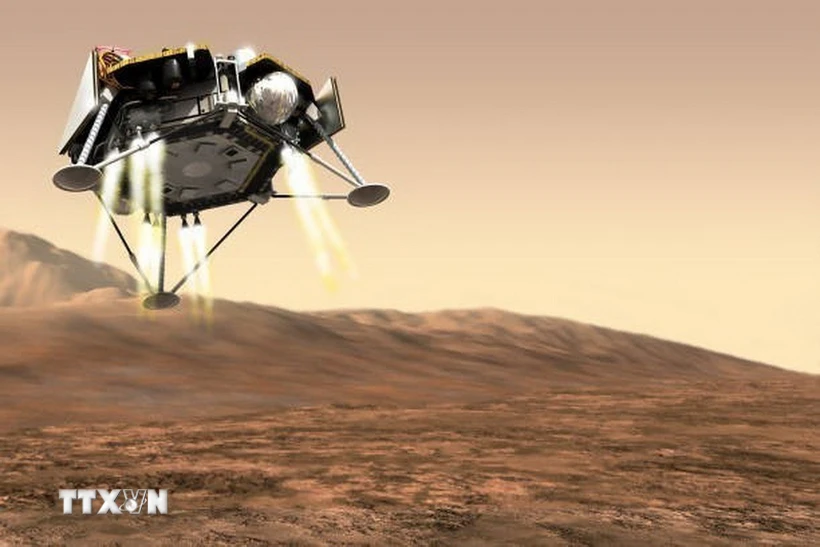

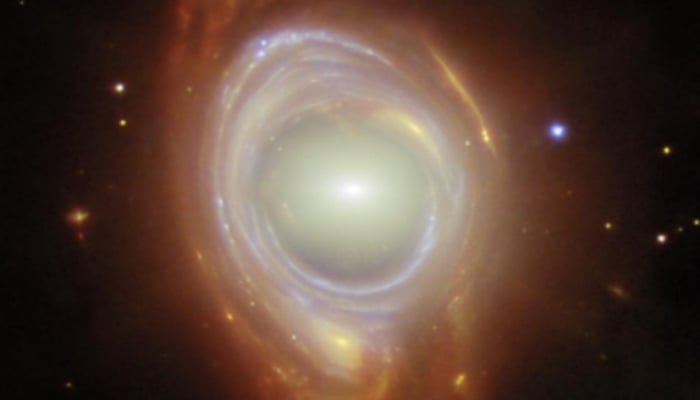

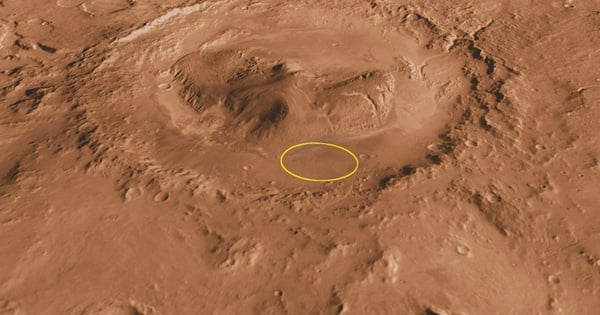

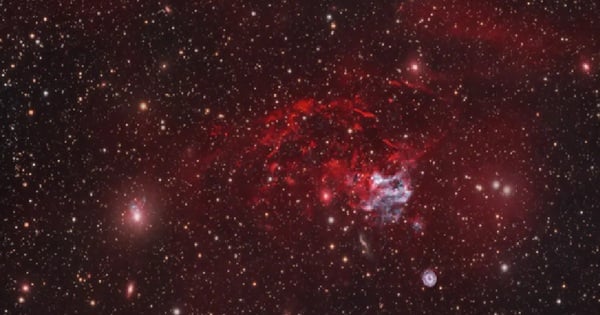











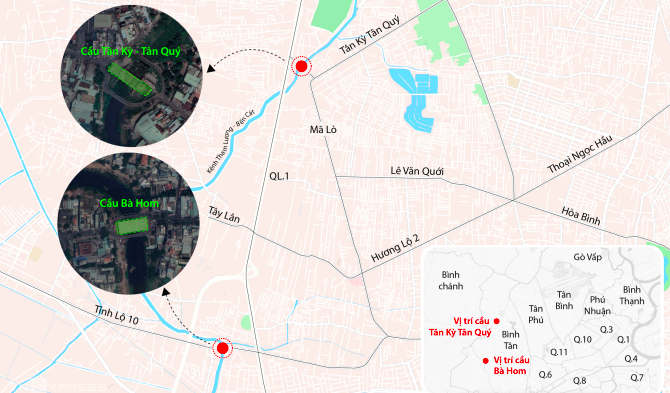



























![[Video] Viettel officially puts into operation the largest submarine optical cable line in Vietnam](https://vstatic.vietnam.vn/vietnam/resource/IMAGE/2025/4/17/f19008c6010c4a538cc422cb791ca0a1)









































Comment (0)